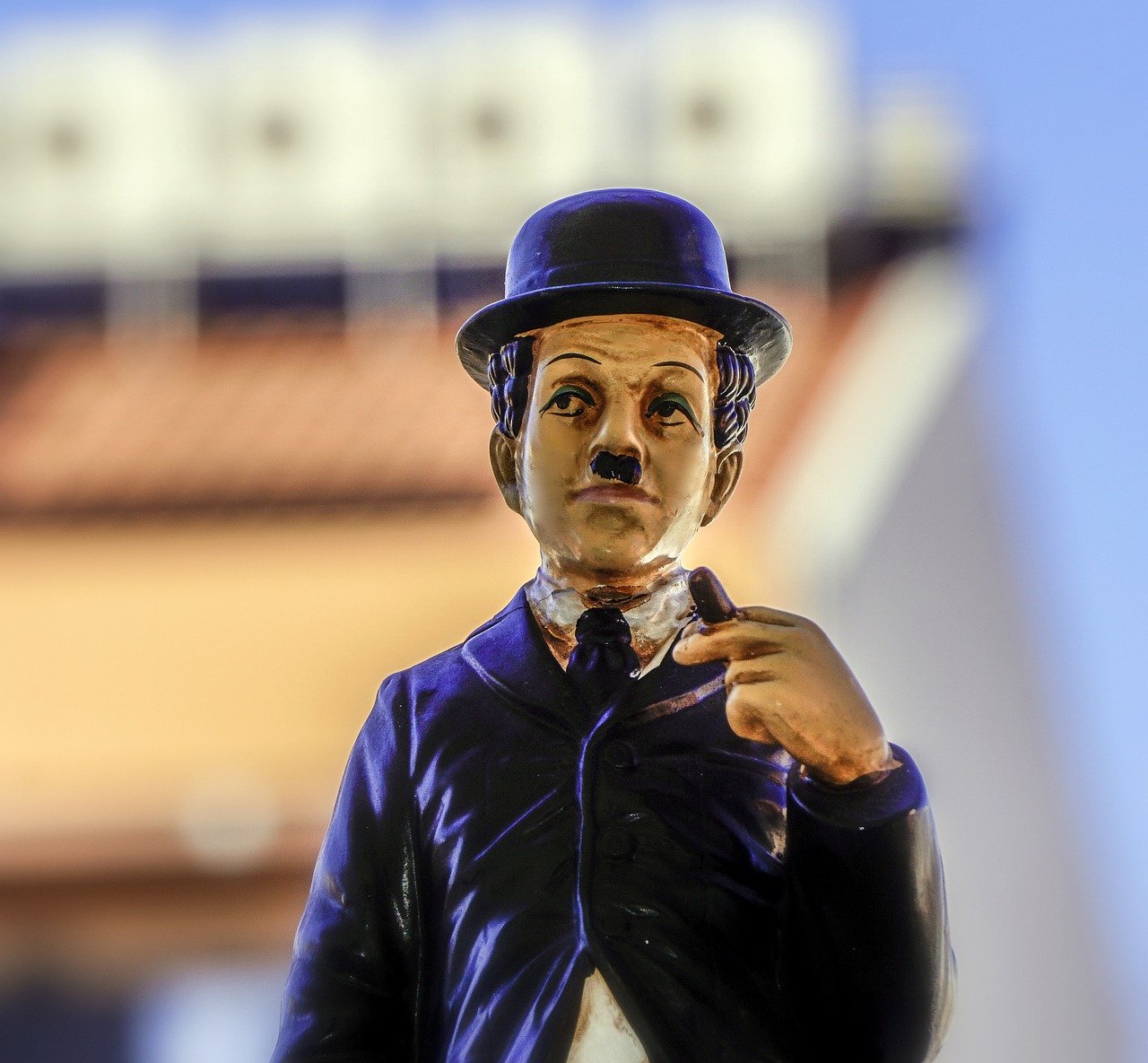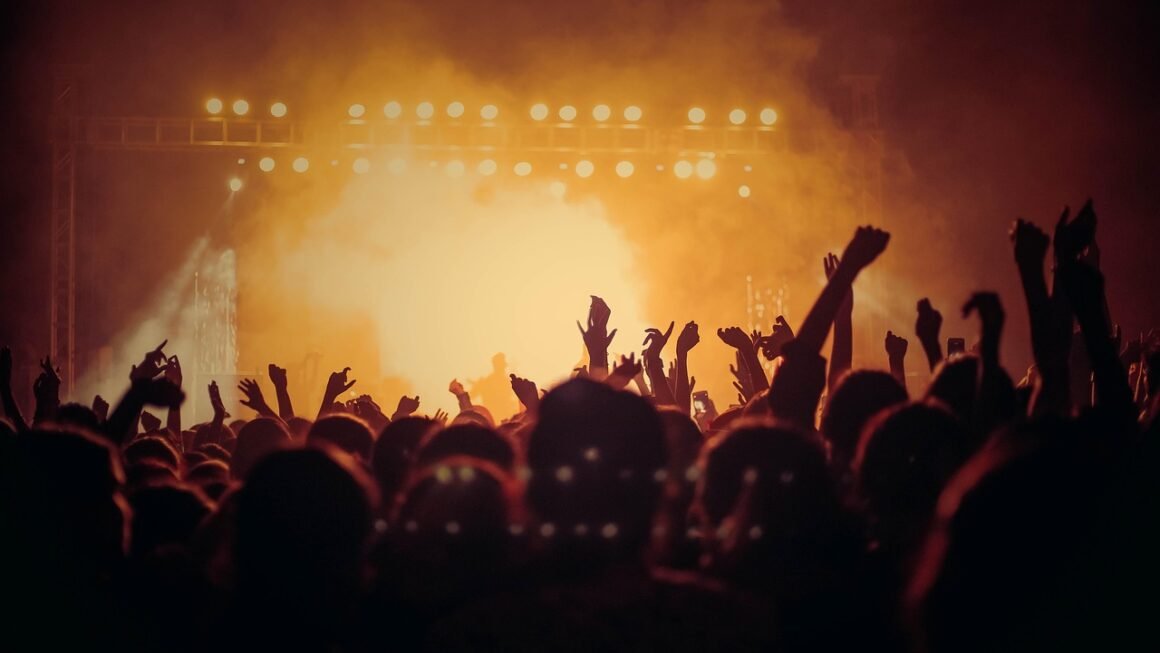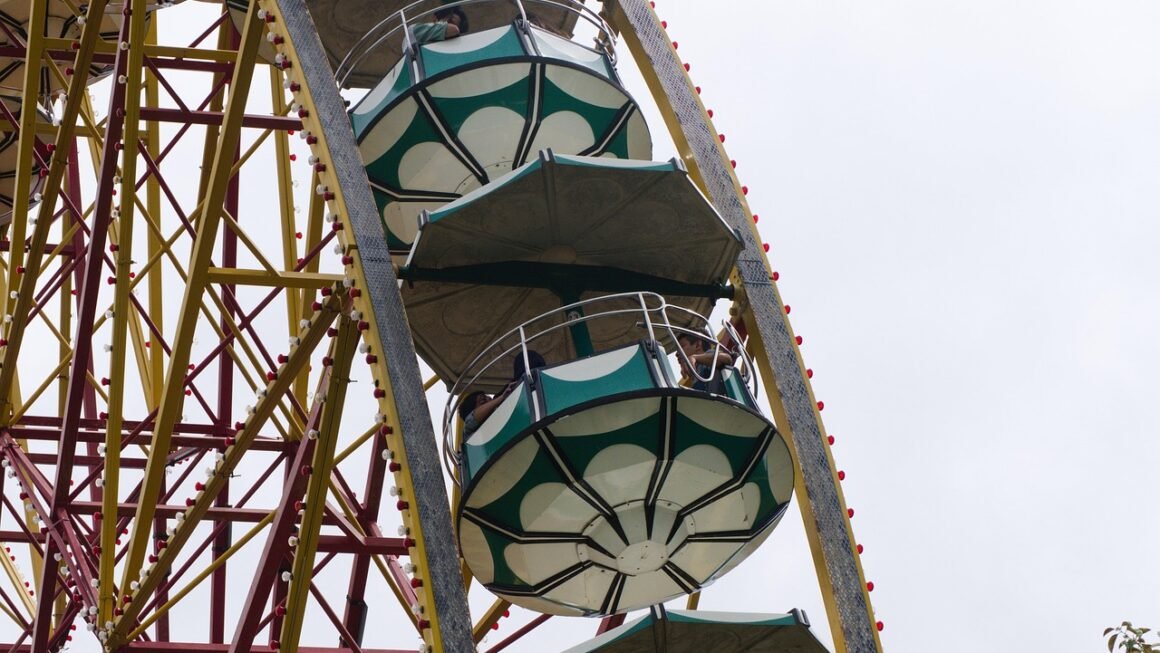From viral TikTok dances to binge-worthy streaming series and chart-topping music, pop culture is the ever-evolving reflection of our society. It shapes our conversations, influences our trends, and provides a shared experience that connects people across generations and geographies. But what exactly is pop culture, and why is it so influential? Let’s dive into the heart of this dynamic phenomenon and explore its many facets.
Defining Pop Culture: More Than Just Trends
Pop culture, short for “popular culture,” encompasses the prevailing trends, ideas, and activities that are widely accepted and enjoyed by a large segment of society at a particular time. It’s a broad term covering everything from entertainment and fashion to slang and social attitudes.
The Key Characteristics of Pop Culture
- Widespread Appeal: It resonates with a large audience, transcending niche interests.
- Mass Production and Consumption: It is typically created and distributed on a large scale through mass media.
- Constant Evolution: It is dynamic and subject to continuous change, influenced by social, economic, and technological factors.
- Reflection of Society: It often reflects the values, anxieties, and aspirations of the society that creates and consumes it.
For example, the rise of superhero movies isn’t just about entertainment; it reflects our collective fascination with themes of good versus evil, power, and responsibility.
Distinguishing Pop Culture from High Culture
While pop culture is accessible and widely consumed, “high culture” (e.g., classical music, fine art, classical literature) typically appeals to a more exclusive, educated audience. The line between the two, however, is often blurred as elements of high culture can sometimes be incorporated into pop culture and vice versa. For example, a hip-hop song sampling a classical piece or a famous painting being parodied in a meme.
The Power of Media in Shaping Pop Culture
Media is the engine that drives pop culture. It disseminates trends, amplifies voices, and facilitates the shared experiences that define our cultural landscape.
The Role of Traditional Media
- Television: For decades, television has been a dominant force, shaping perceptions through sitcoms, news programs, and reality TV shows. Example: The popularity of “Friends” in the 1990s not only influenced fashion trends but also shaped perceptions of urban life and relationships.
- Radio: Radio has historically been a key platform for music and talk shows, contributing to the creation of music genres and the rise of iconic personalities.
- Film: Movies have the power to transport us to different worlds, introduce us to new ideas, and create lasting cultural touchstones. Example: The “Star Wars” franchise created a cultural phenomenon that continues to influence pop culture today.
The Rise of Digital Media
The digital age has revolutionized how pop culture is created, consumed, and shared.
- Social Media: Platforms like TikTok, Instagram, and Twitter have become breeding grounds for viral trends, memes, and influencer culture. Example: The “Ice Bucket Challenge” went viral on social media, raising awareness and funds for ALS research.
- Streaming Services: Services like Netflix, Hulu, and Spotify have transformed entertainment consumption, giving rise to “binge-watching” and new forms of storytelling. Example: “Stranger Things” became a global phenomenon, influencing fashion, music, and even Halloween costumes.
- Online Gaming: Games like Fortnite and Minecraft have become social spaces where players connect, collaborate, and create their own unique forms of entertainment.
The Influence of Pop Culture on Society
Pop culture’s influence extends far beyond entertainment, shaping our values, beliefs, and behaviors.
Impact on Fashion and Lifestyle
Pop culture frequently dictates fashion trends and lifestyle choices. Celebrities, musicians, and influencers set the tone, and their styles are often emulated by fans.
- Fashion Trends: Think of the “Rachel haircut” popularized by Jennifer Aniston in “Friends,” or the athleisure trend driven by celebrity endorsements.
- Lifestyle Choices: Pop culture can promote certain diets, fitness routines, or even travel destinations.
Impact on Language and Slang
New words and phrases often originate in pop culture and gradually become integrated into everyday language.
- Slang Terms: Words like “lit,” “stan,” and “woke” have all originated in pop culture contexts and are now widely used.
- Catchphrases: Memorable lines from movies or TV shows can become part of the cultural lexicon. Example: “May the Force be with you” from “Star Wars.”
Impact on Social and Political Discourse
Pop culture can be a powerful tool for social commentary and political activism.
- Social Issues: TV shows and movies can raise awareness about important social issues like racism, sexism, and climate change.
- Political Movements: Music and art can be used to protest injustice and promote political change. Example: The song “We Are the World” raised millions for famine relief in Africa.
The Business of Pop Culture: Money and Influence
Pop culture is big business, with billions of dollars changing hands each year. Understanding its economic impact is crucial to grasping its power.
The Role of Marketing and Branding
- Product Placement: Integrating products seamlessly into movies, TV shows, and video games can be a highly effective marketing strategy. Example: James Bond’s association with Aston Martin.
- Celebrity Endorsements: Companies pay celebrities huge sums to endorse their products, leveraging their popularity and influence.
The Economics of the Entertainment Industry
- Box Office Revenue: The success of a movie is often measured by its box office revenue.
- Music Streaming: Streaming services have become the primary source of revenue for the music industry.
- Merchandise Sales: Character toys, clothing, and other merchandise contribute significantly to the profitability of pop culture franchises.
The Impact of Pop Culture on Tourism
- Film Tourism: Movies and TV shows can inspire people to visit locations where they were filmed. Example: Fans of “Game of Thrones” flock to Northern Ireland and Croatia.
- Music Festivals: Music festivals can attract hundreds of thousands of visitors, boosting the local economy.
Navigating the Ever-Changing Landscape of Pop Culture
Staying up-to-date with the latest pop culture trends can be a fun and engaging way to connect with others and understand the world around you.
Tips for Staying Informed
- Follow Pop Culture News Sources: Websites, blogs, and social media accounts dedicated to covering pop culture news.
- Engage in Social Media Conversations: Follow trending topics and participate in online discussions.
- Consume a Variety of Media: Watch movies, TV shows, listen to music, and read books.
- Talk to People: Engage in conversations with friends, family, and colleagues about pop culture trends.
Understanding the Potential Pitfalls
- Overconsumption: It’s important to consume pop culture in moderation and avoid becoming overly attached to trends or celebrities.
- Negative Influences: Be aware of the potential negative influences of pop culture, such as unrealistic beauty standards or harmful stereotypes.
- The Ephemeral Nature of Trends: Remember that trends are constantly changing, and what’s popular today may be forgotten tomorrow.
Conclusion
Pop culture is a powerful and dynamic force that shapes our society in countless ways. By understanding its characteristics, its influence, and its economic impact, we can become more informed consumers and participants in the cultural conversation. Staying informed, engaging critically, and enjoying the ride are key to navigating the ever-evolving landscape of pop culture.



